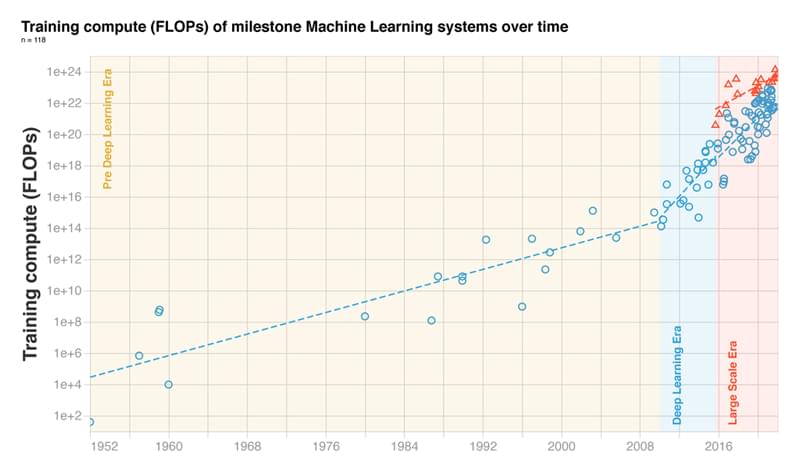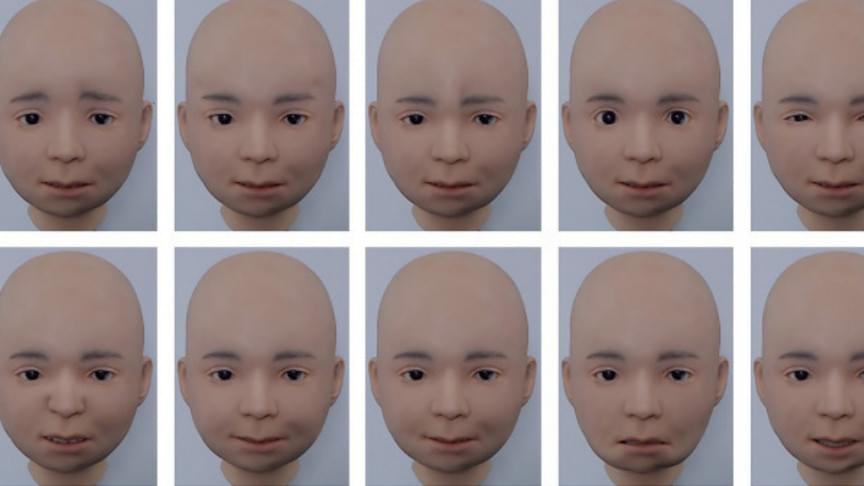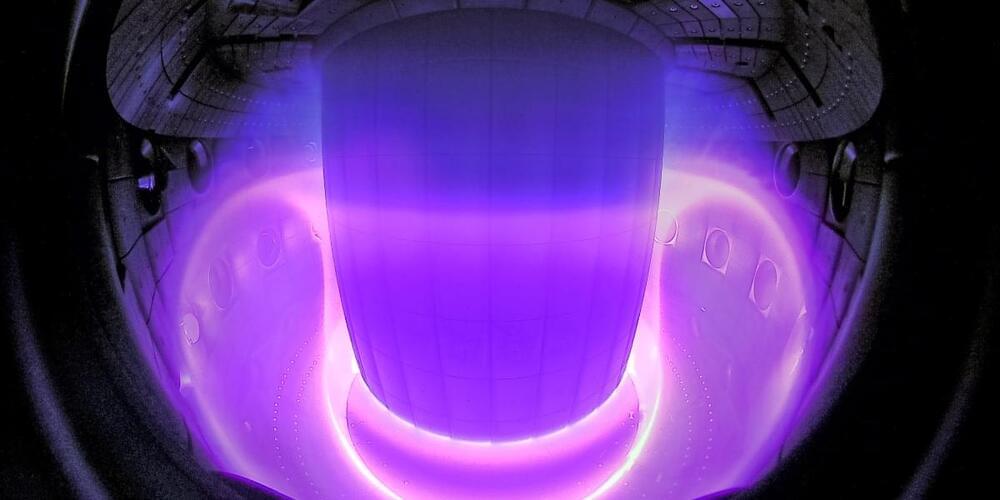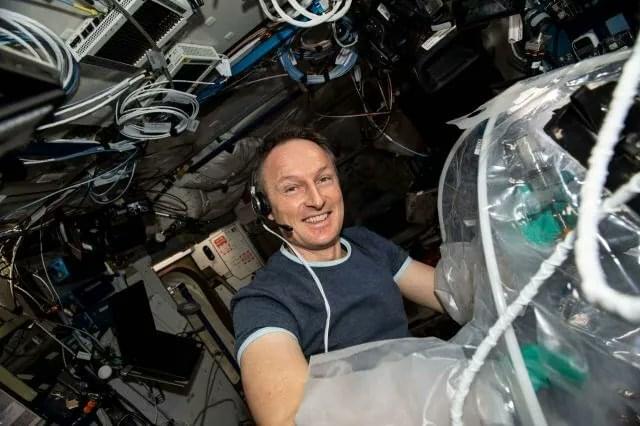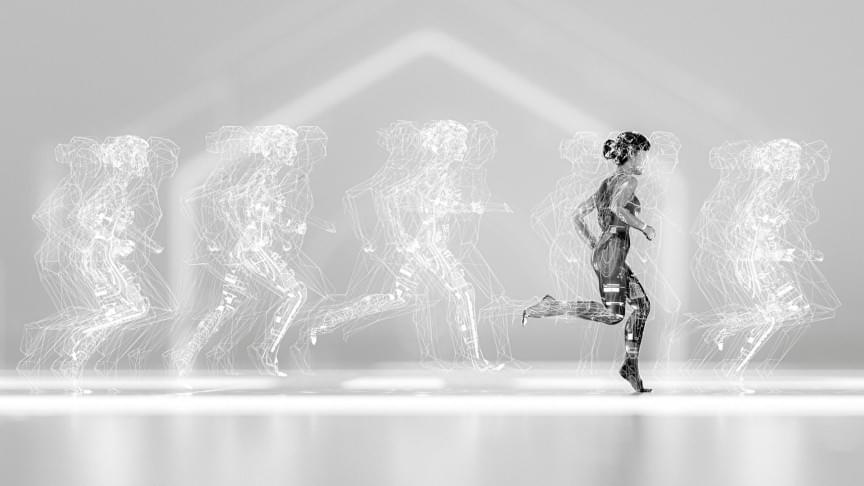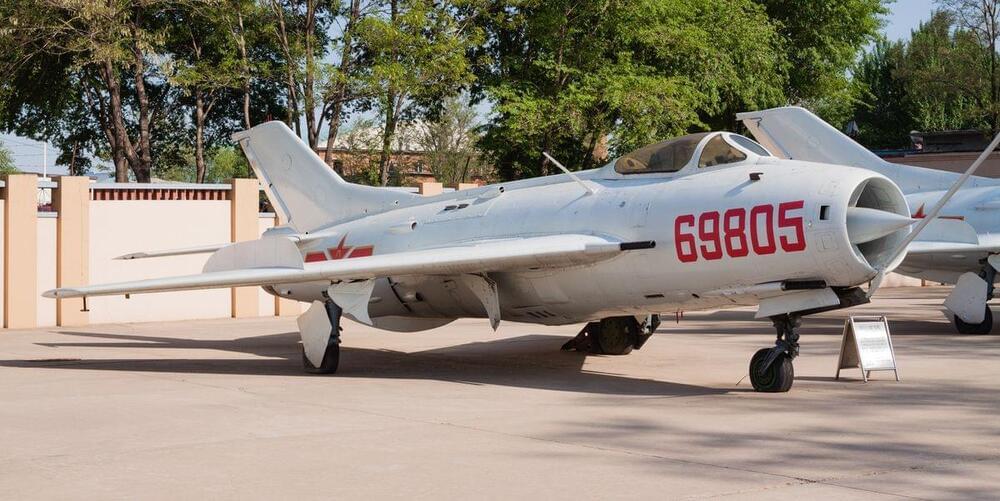After its successful launch last Dec. 9, 2021, the Imaging X-Ray Polarimetry Explorer (IXPE) of the National Aeronatics and Space Administration (NASA) finally shared its first captured photo from space.
Specifically, the subject of the photo is the Cassiopeia A.
The IXPE is tasked with studying around 40 space objects during its first year.

